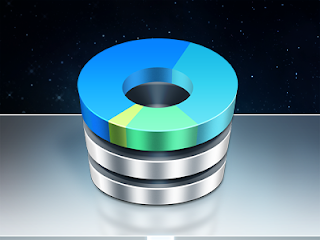Icon appearing on the Taskbar for a second

After a recent patch, I started seeing an icon appear every minute or so on the taskbar and vanishing within a second. This was quite annoying while typing or watching full screen videos as it removed focus from my active window. To check what is causing the problem, I opened Task Manager (Ctrl+Shift+Esc) and sorted the processes by CPU. As soon as the icon reappeared, I notice UI0Detect.exe showing on the top. UI0Detect.exe is an "Interactive Services Detection" that helps with user interaction if required by Windows services. Whatever UI this service was trying to present was not helping me as it popped up only for a fraction of a second, so I decided to disable it. The following steps helped me: Right-click on "Computer" icon on desktop and select "Manage" Expand "Services and Applications" Click on "Services" Right-click on "Interactive Services Detection" from the list Select "Stop" Right-click...

